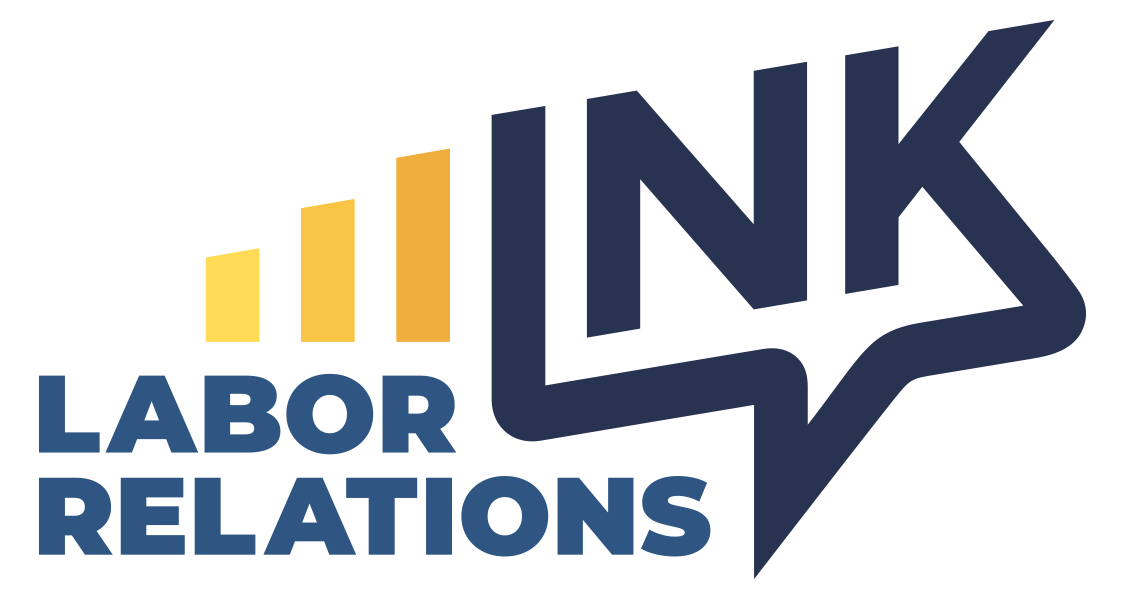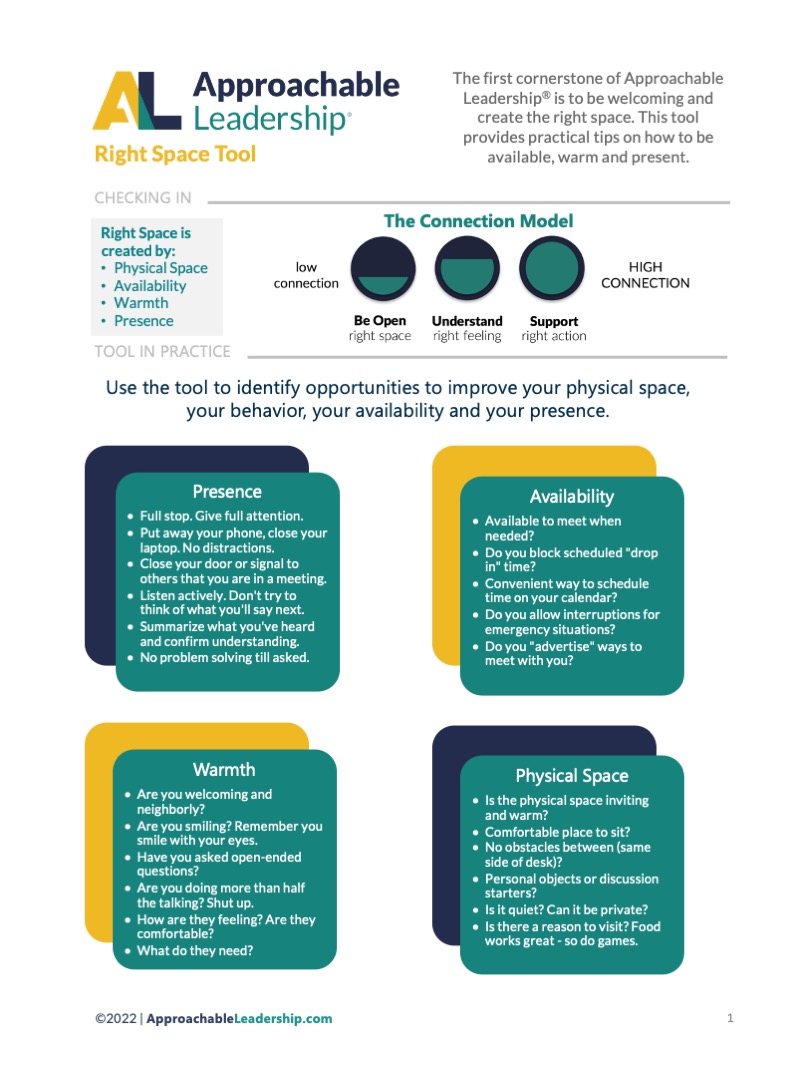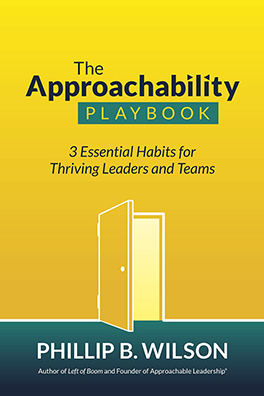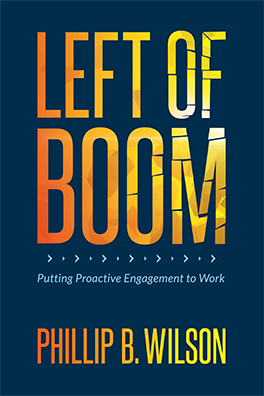The first general session of the CUE conference was presented by Wayne Brockbank of University of Michigan (my alma mater – Go Blue!) As a professor I was a little worried when I saw the agenda – keeping an audience’s attention for 3 hours is tough, even when you have the power of their grade over their head. But Wayne’s presentation was terrific. The first part of the presentation was Wayne’s argument about the assumptions of the “new HR.” These assumptions are: 1. “HR” is not the same as “hr”: His point here is that formal HR is not the same as the human capital of your organization. The link between formal HR and the human resources of your organization is your leadership. 2. HR is driven by business, which in turn is driven by customers. The point here (which is great) is that for HR to be relevant it must be like every other department – it must further the businesses goals, which in turn means that HR must be driven by what drives the customer. He cited some interesting research that indicated that the top performing companies performance was differentiated by HR’s knowledge of the external reality of the business (as opposed to just HR or internal operations knowledge). 3. HR drives competitive advantage. The take-away here is that HR’s performance should be measured like every other function, what Wayne called the “wallet test.” In other words, what does HR do to try to get customers to open their wallets? 4. HR drives productivity (as opposed to “happiness”). The point here was that productivity, as opposed to happiness, is the key role for HR. Happy employees are not necessarily productivity, and in some cases dissatisfaction (especially if the dissatisfaction is related to the company’s poor performance) is good. The best part of the presentation was an analysis of some recent research by Baruch Lev, presented in the entertaining frame of how HR should respond to a smart but slightly enebriated finance person at the annual company party when asked, “what do we pay you guys for anyway?” Lev’s research concerns the relationship between company earnings and stock price. Prior to the 1990’s the relationship between earnings and stock price was tight (the average correlation was well over 80% and often approached 100%). In the last 15 years that relationship has become less and less important – it is now around 50%. What accounts for the other half of the stock price? Finance people Lev calls it “intangibles” (I remembered from the article that Lev is mainly concerned with things like intellectual property, patents, etc.) but subsequent research has identified many of the intangibles that stock analysts use to decide whether to recommend a stock. Not surprisingly, most of these “intangibles” are primarily human capital issues including how an organization attracts and retains talent; how capable it is to handle a rapidly changing regulatory environment, technologies and communications; and how it handles global competition. As Brockbank said, these are issues “right down HR’s strike zone.” Most of the “ROI of HR” literature (especially from Jack Fitz Enz) is good as far as it goes, but I’ve always felt it was more related to discrete and often transactional parts of HR and not the strategy role of HR. This is the best research I’ve ever heard about HR’s strategic importance and role in highly competitive organizations. In the end I was disappointed Wayne only had 3 hours to talk about it.
Creating the Competitive Organization – Wayne Brockbank
by Phillip Wilson | Oct 12, 2004 | News
INK Newsletter
You have Successfully Subscribed!
Labor Relations Insight
- When (Healthcare) Unions Promise Far More Than They Deliver
- Dispelling The Myth Of “Big Wins At The Bargaining Table”
- Remarkable Leadership Podcast: Wilson On The Four Keys to Unleashing Your Team’s Potential
- Teamster Troubles, Trials and Tribulations: Tariffs Edition
- No Quorum, No Relief: Why Stericycle Still Rules the NLRB’s World






